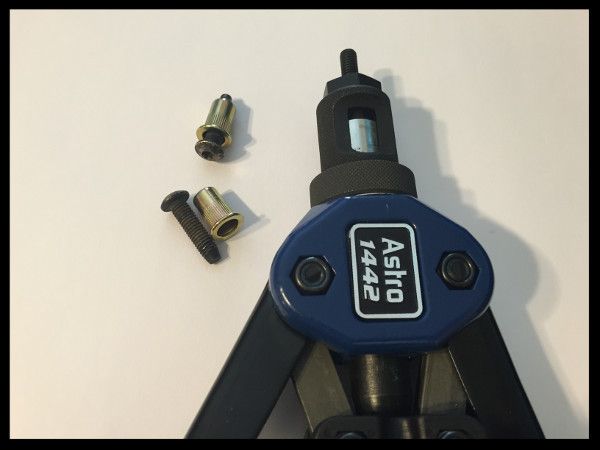Wolvee
Adventurer
Has anyone here installed roof rack tracks onto their vehicles that didn't previously have any sort or permanently installed track system? I am about to retrofit an 04/05 Ford Expedition Roof Rack onto my 4 Door Supercrew F150 using Rivet Nuts and a Rivnut installer tool.
If you have, I'd love to see any kind of pictures you have of the finished product or install process.
Here is the tool and M6 Rivnut with the factory Expedition fasteners. I'll have to cut the track down a bit to fit but hopefully everything will seal up tight.
If you didn't use Rivnuts, how did you go about mounting the tracks to your roof?

If you have, I'd love to see any kind of pictures you have of the finished product or install process.
Here is the tool and M6 Rivnut with the factory Expedition fasteners. I'll have to cut the track down a bit to fit but hopefully everything will seal up tight.
If you didn't use Rivnuts, how did you go about mounting the tracks to your roof?



